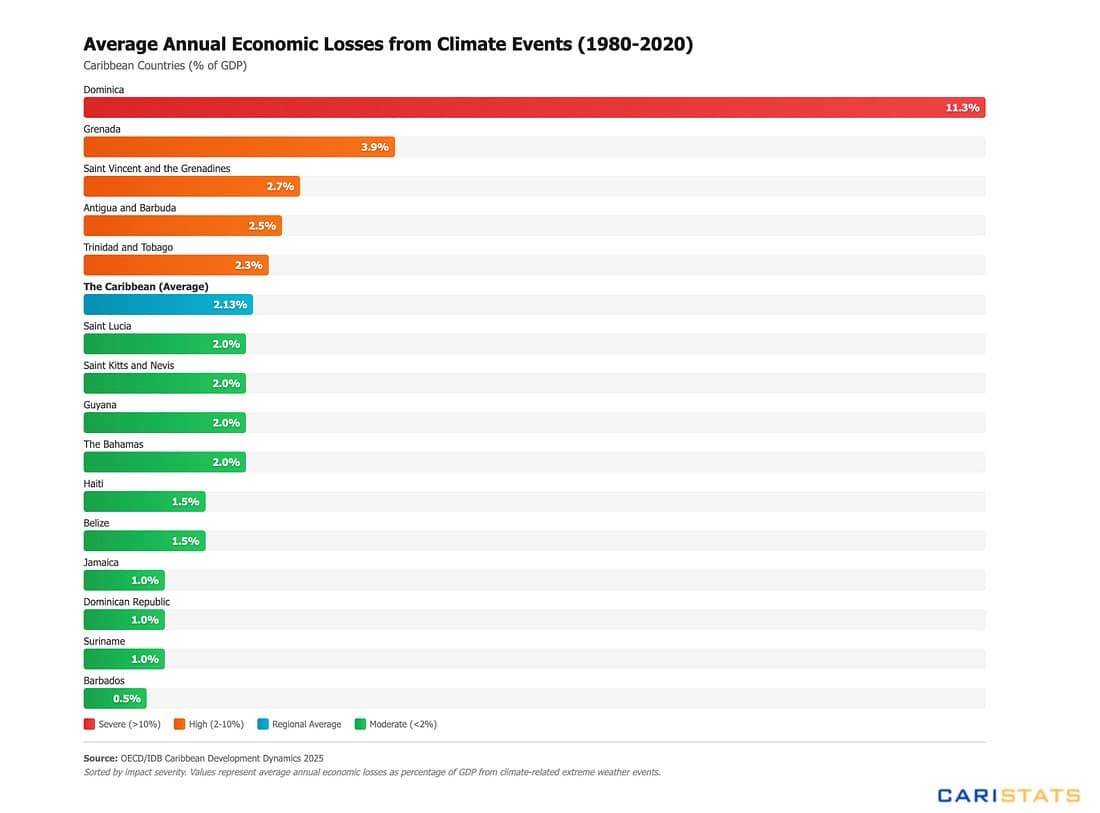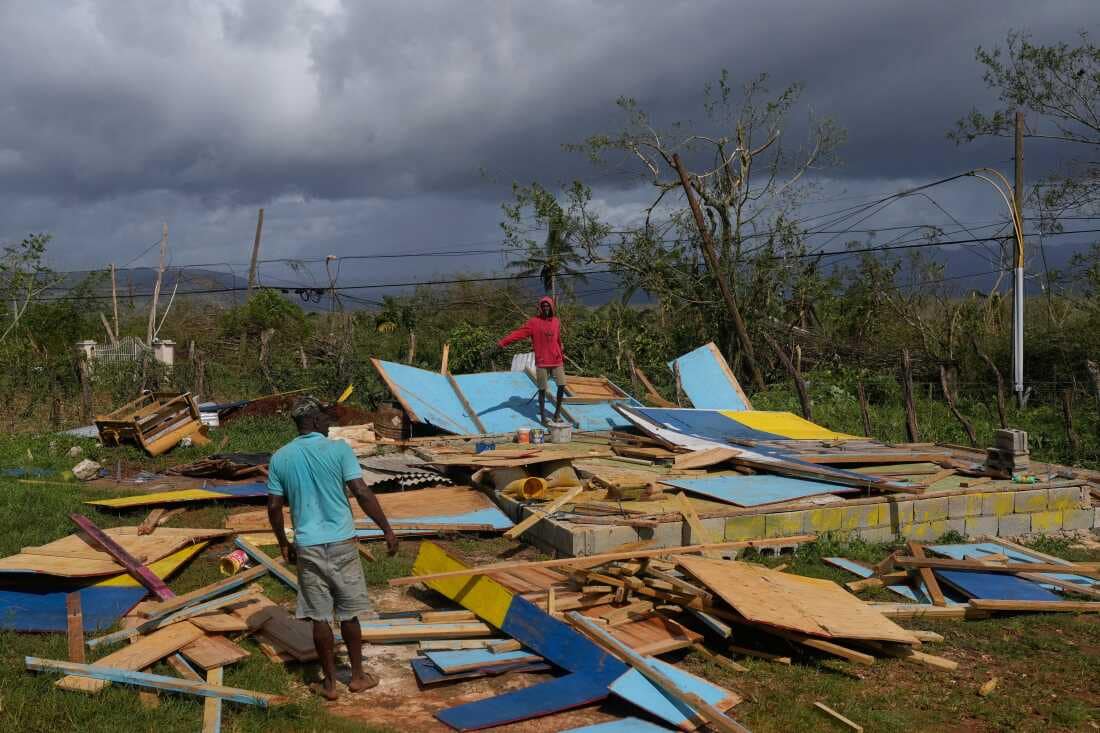Caribbean nations are disproportionately impacted by climate-related disasters, with annual economic losses averaging 2.13% of GDP between 1980 and 2020, as revealed by a recent OECD/IDB analysis. This vulnerability was starkly highlighted by Hurricane Melissa, a historic Category 5 storm with winds reaching 185 mph, which devastated Jamaica this week. Government officials reported extensive destruction, widespread flooding, and power outages affecting over 530,000 residents. Dominica faces the highest economic burden, with annual losses equivalent to 11.3% of GDP, followed by Grenada (3.9%) and Saint Vincent and the Grenadines (2.7%). Even Barbados, with relatively lower exposure at 0.5% of GDP, experiences losses that would be deemed catastrophic in developed nations. Notably, the Caribbean contributes a mere 0.23% of global greenhouse gas emissions. The frequency of extreme weather events has surged by 85% from 2001 to 2020 compared to the previous two decades, with 322 climate disasters affecting 24 million people over the 40-year period. Haiti, the Dominican Republic, and Jamaica accounted for 60% of regional climate hazard events. Despite these challenges, Caribbean nations are leading the way in innovative climate finance solutions, such as hurricane clauses, blue bonds, and debt-for-nature swaps, which could serve as models for other climate-vulnerable regions while fostering resilience for future generations.
分类: world
-

News : Zapping…
In the wake of Hurricane Melissa’s devastating impact across the Caribbean, the United States has swiftly mobilized its disaster response capabilities. The U.S. Department of State has deployed a Regional Disaster Assistance Response Team (DART) and activated Urban Search and Rescue (USAR) units to support relief operations. These teams are collaborating with affected nations, local communities, and international partners to assess needs and coordinate emergency responses. U.S. Ambassador Wooster and the U.S. Embassy in Port-au-Prince have expressed profound condolences to those who lost loved ones, emphasizing solidarity with bereaved families, the injured, and the displaced. The U.S. is working closely with Haitian authorities and humanitarian organizations to address the aftermath, including flooding and landslides caused by the storm. Meanwhile, Haiti is also making strides in other areas. Team Haiti, a group of talented young individuals aged 17 to 18, is set to represent the nation at the FIRST Global Challenge 2025, an international robotics competition in Panama. Their innovative robot, designed to promote ecological balance and biodiversity, reflects Haiti’s commitment to sustainability. On the humanitarian front, the Economic and Social Assistance Fund (FAES) continues its daily distribution of 24,000 hot meals to internally displaced persons in Delmas and Port-au-Prince. Additionally, 12 young professionals have been employed by the Institute of Social Welfare and Research (IBESR) as part of a youth employment initiative. In leadership news, Dice Conte Saint Louis and Gamy Clervil have been appointed as the new Director General and Deputy Director General, respectively, of the Miragoâne National Port Authority.
-

FLASH : The Haitian National Police announces a series of victories against terrorist gangs
In a significant development, the Haitian National Police (PNH), alongside the Gang Repression Force (FRG), has reported a series of decisive victories against terrorist gangs across multiple regions. These coordinated operations mark a turning point in Haiti’s ongoing battle against organized crime and terrorism. In Artibonite, particularly in Désarines and Liancourt, PNH forces successfully neutralized terrorists, confiscated heavy weaponry, and liberated communities previously under gang control. In the Centre region, specifically Lascahobas, increased patrols and strategic maneuvers led to the recapture of key areas, further weakening gang influence. Port-au-Prince witnessed a major security overhaul, with precision operations targeting gang sentries and members, resulting in the restoration of economic activities and the resumption of cabinet meetings at the National Palace. The security perimeter in the city center has now been extended to Boulevard Jean-Jacques Dessalines, signaling a strengthened law enforcement presence. Acting Commander-in-Chief Vladimir Paraison praised the bravery of PNH officers and urged the public to continue their cooperation by providing actionable intelligence. These victories underscore the PNH’s commitment to restoring stability and security in Haiti, offering a glimmer of hope for a nation long plagued by violence and instability.
-
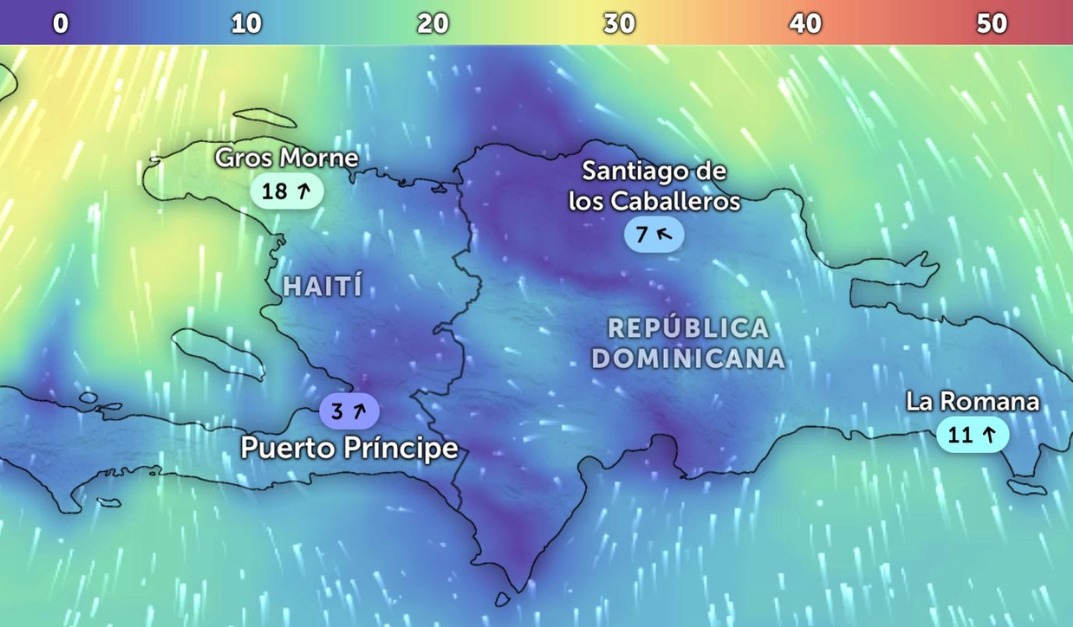
Melissa’s circulation to cause rainfall in border and Northwest regions
The Dominican Institute of Meteorology (Indomet) has issued a weather update indicating that the remnants of Hurricane Melissa will continue to influence weather patterns across the Dominican Republic. A trough associated with the hurricane’s circulation is expected to bring significant rainfall to provinces along the Dominican Republic–Haiti border and the Northwest Line. The most intense downpours, accompanied by thunderstorms and gusty winds, are forecasted for this afternoon in regions including Elías Piña, Dajabón, Santiago Rodríguez, Valverde, Monte Cristi, and Santiago. Additionally, scattered showers—some of which may be heavy—are anticipated along the Caribbean coast and southeastern areas, such as Santo Domingo, driven by warm, humid winds from the south and southeast. Indomet reported that while rainfall levels have started to decrease after nearly ten days of persistent precipitation, the effects of Hurricane Melissa’s passage continue to be felt, particularly in the southern coastal regions.
-
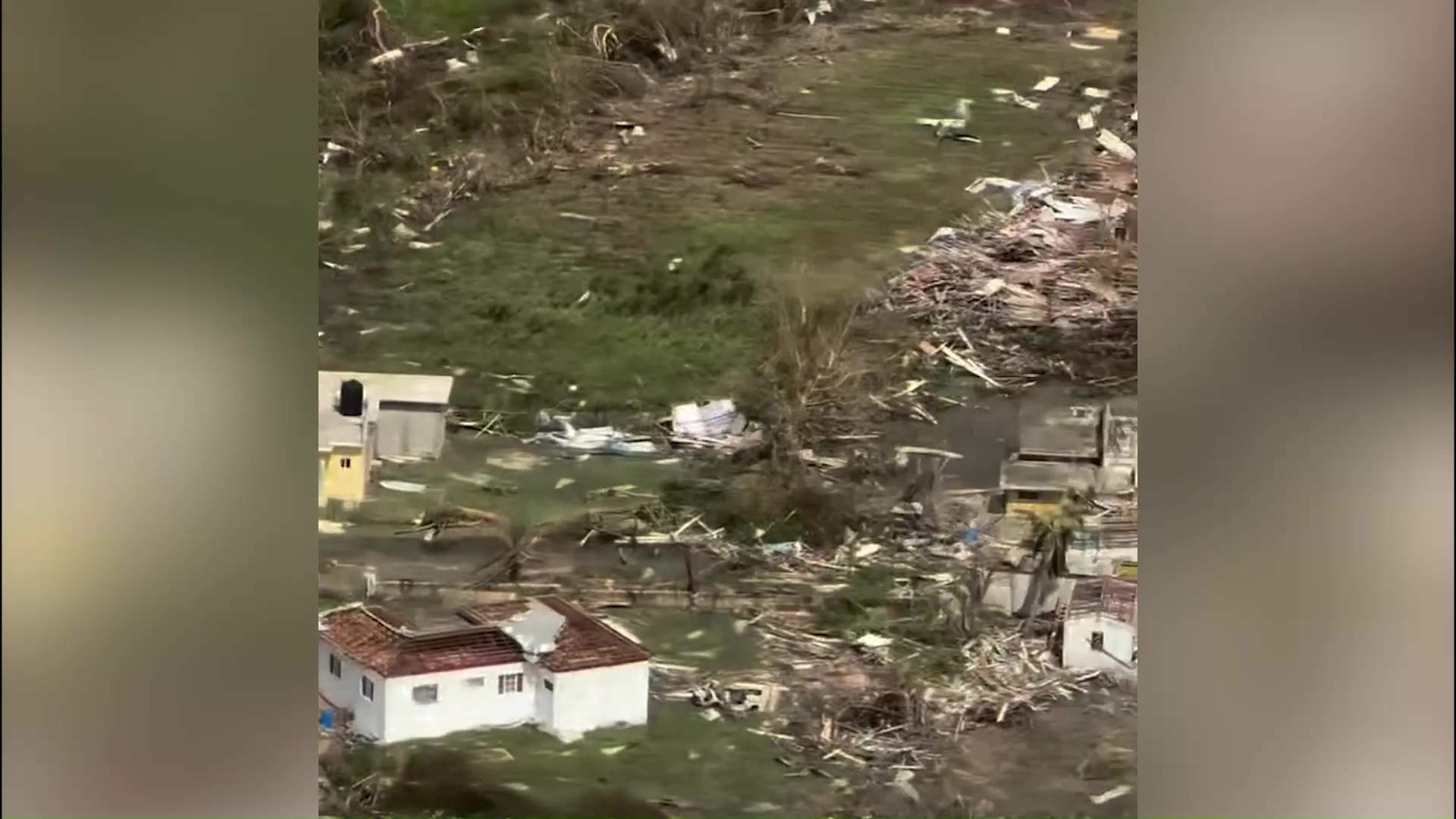
Hurricane Melissa Ravages Caribbean, Death Toll Climbs
Hurricane Melissa, a catastrophic Category Five storm, has wreaked havoc across the Caribbean, leaving a grim trail of destruction and a rising death toll. As of October 29, 2025, the hurricane has claimed over thirty lives, with entire communities grappling with the aftermath. The storm made landfall in Jamaica on Tuesday afternoon, unleashing winds of up to 185 miles per hour, which tore apart homes and flooded neighborhoods. Currently, three-quarters of Jamaica remains without power or phone service. Haiti also suffered severely, with at least twenty-five fatalities reported due to overflowing rivers caused by relentless rainfall. This morning, Hurricane Melissa, now downgraded to a Category Three, struck Cuba, isolating over 140 people before heading toward the Bahamas. The Caribbean Disaster Emergency Management Agency (CDEMA) provided an update on the crisis, highlighting the extensive damage and ongoing recovery efforts. In Jamaica, approximately 25,000 people are sheltering in 832 emergency centers, with major flooding in Montego Bay and significant infrastructural damage across several parishes. The Jamaican government has issued an ‘all clear’ signal, transitioning to early recovery operations and urging support through the official relief portal.
-

Italië verhoogt bijdrage voor duurzaam energieproject in Pusugrunu
Suriname has secured an additional €100,000 in funding from the Italian government for its sustainable energy initiative in the village of Pusugrunu. This supplementary support augments the previously approved €652,000 allocated for the development of renewable energy infrastructure to benefit the local community. The commitment was formalized during the 4th Joint Commission Meeting between Italy and CARICOM member states, held recently in New York. Suriname was represented by Ambassador Sunil Sitaldin, the Permanent Representative to the United Nations, as confirmed by the Ministry of Foreign Affairs, International Business, and International Cooperation. The project, titled ‘The Provision of Renewable Energy Electrification Solutions for the Villages of Pusugrunu,’ falls under the Italy-CARICOM Memorandum of Understanding signed in March 2023. Italy has pledged a total of USD 16.3 million for 19 sustainable projects across the region, addressing areas such as climate resilience, deforestation, coastal protection, and clean water access. In November 2025, a delegation from Suriname’s Ministry of Natural Resources will visit Pusugrunu to update the community on the project’s initiation phase and final technical preparations.
-
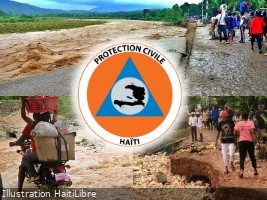
FLASH : 41 victims, 13 missing (provisional report from Melissa)
Hurricane Melissa has left a trail of destruction in Haiti, with the latest provisional report confirming 41 fatalities and 13 individuals still missing. The storm, which initially threatened the Caribbean nation, has now moved southwest toward Bermuda, leading to a gradual decrease in humidity and rainfall over the next 48 hours. Despite this, the Haitian Hydrometeorological Unit (UHM) has maintained various alert levels across multiple departments due to ongoing risks of heavy rain and high waves. The departments of Grand’Anse, Nippes, and South remain under red alerts, while others like West and South-East have been downgraded to orange alerts. The Civil Protection Directorate has reported significant flooding, particularly in the West, where the La Digue River overflowed, causing widespread damage and loss of life. In Grand’Anse, a motorcycle accident resulted in injuries and a missing passenger. Over 13,900 people have sought refuge in 121 active shelters, with conditions in these facilities being closely monitored to ensure access to basic necessities. The agricultural sector has also been severely impacted, with banana plantations, fruit trees, and other crops suffering extensive damage. Road infrastructure has been heavily affected, with several routes blocked by fallen trees and floodwaters. Urgent repairs are needed to restore traffic flow and facilitate aid delivery. Health concerns are rising, with reports of diarrhea cases in shelters and a shortage of drinking water in some areas. The Haitian government and international aid organizations are mobilizing resources to address the immediate needs of the affected population and to begin the long process of recovery and rebuilding.
-

OP-ED: They create a desert and call It peace – Lessons from two millennia of failed interventions
As global tensions rise—from the fragile ceasefire between Israel and Hamas to disputes over Venezuela’s waters and the great power rivalry in the Pacific—an ancient warning from 83 AD resonates with striking relevance. Calgacus, a Scottish chieftain, reportedly declared before the Roman conquest: ‘They create a desert and call it peace.’ This statement, whether historical or attributed by Roman historian Tacitus, encapsulates a recurring pattern of power dynamics: the destruction of societies in the name of order, followed by declarations of victory over the ruins. From Roman Britain to modern Iraq, colonial Africa to contemporary Afghanistan, this cycle persists. Calgacus saw Rome’s claims of civilization, security, and law as thinly veiled exploitation, subjugation, and devastation. Tacitus, too, seemed to critique the empire’s rhetoric versus its reality. The modern era mirrors this pattern. Crises—real or manufactured—prompt calls for military intervention, often framed as the only viable solution. The promises are familiar: swift victories, precision technology, and flourishing democracy. Yet, the outcomes tell a different story. Iraq, Libya, and Afghanistan stand as stark examples of interventions that left fractured societies, extremism, and humanitarian crises. The language of intervention is carefully crafted to sanitize violence: ‘kinetic actions’ replace bombing, ‘collateral damage’ masks civilian deaths, and ‘nation-building’ disguises occupation. This linguistic manipulation perpetuates a false binary between action and inaction, sidelining diplomacy and conflict resolution. The aftermath of intervention often reveals a growing ‘desert’: power vacuums, destroyed infrastructure, and radicalized populations. Syria’s refugees, Yemen’s cholera epidemic, and Somalia’s chaos are modern manifestations of this desert. Yet, there are instances where intervention may be justified, such as preventing genocide in Rwanda or halting ethnic cleansing in Kosovo. The challenge lies in recognizing the limitations and consequences of military force. Breaking the cycle requires humility, investment in diplomacy, and addressing root causes like poverty and governance failures. Honest accounting of failures, rather than rebranding them as successes, is crucial. Calgacus’s warning, preserved by his conquerors, endures as a call to resist the seductive simplicity of force and embrace the complex work of genuine peace. The choices we make in each crisis will determine whether we continue to create deserts or forge a path toward lasting peace.
